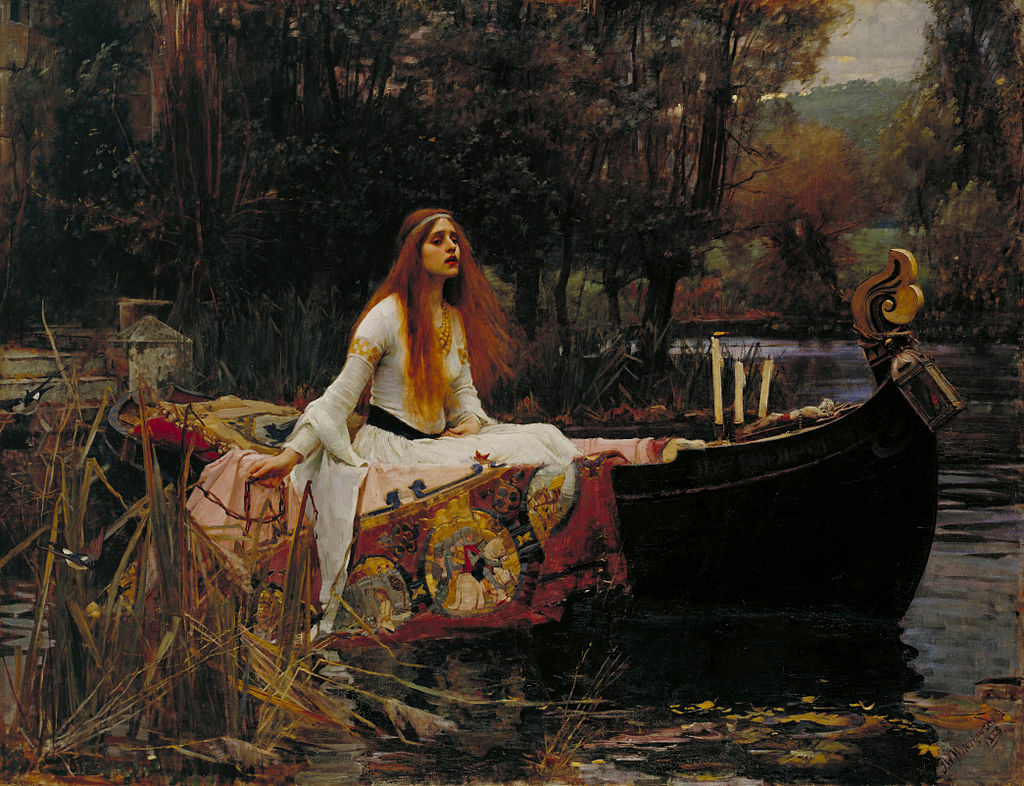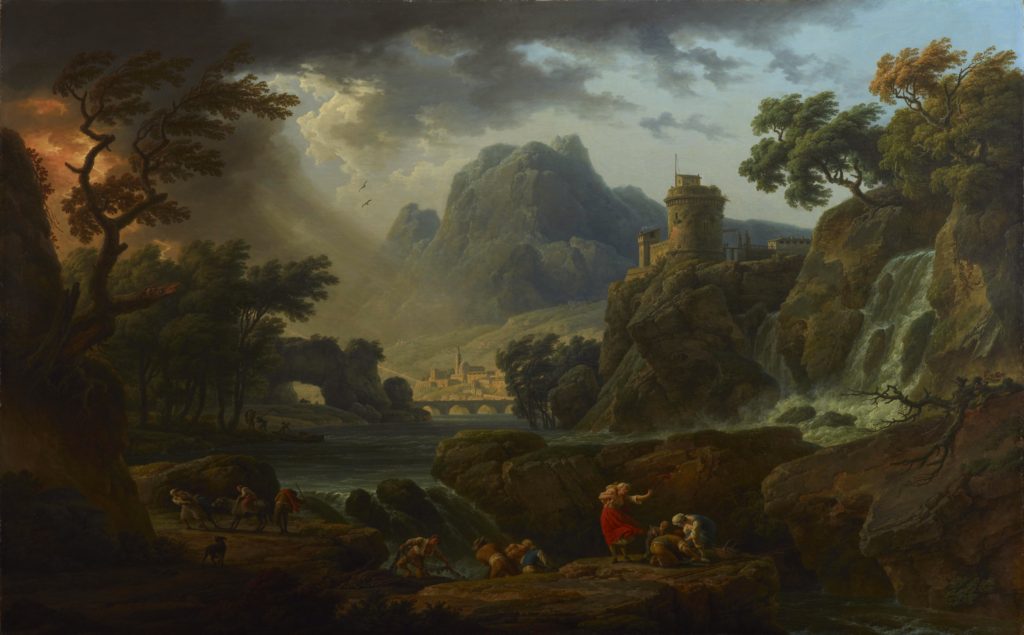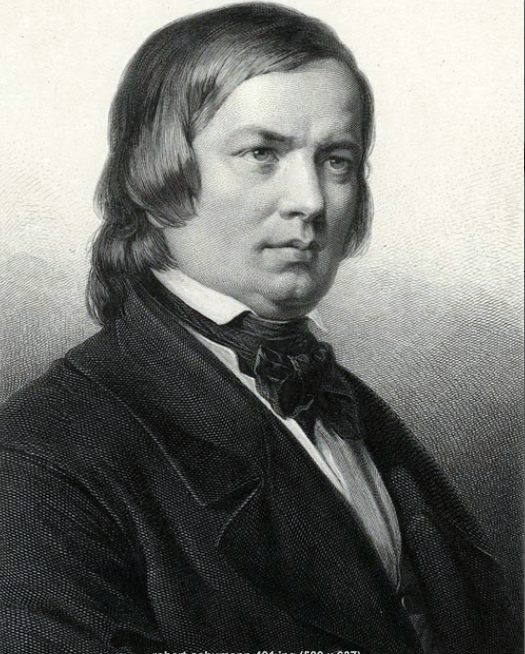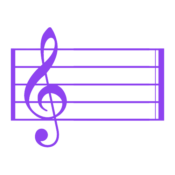Introduction
In this article I would like to give you, in a nutshell, an idea of the deep connections between Romanticism in Literature and Romanticism in Music. I will try to speak to you in a very concrete way and to go to the point of what I consider to be the most essential issues to note. For example, you probably know that by the term Romanticism we refer to a cultural movement: you can find it written everywhere, just a simple search. What you may not know is that this movement established itself first in Literature and only then, later, in the musical field. Another interesting question is that generally when we think of Romanticism we think of the nineteenth century, with its great protagonists: in reality this movement was born in the eighteenth century, more precisely in the second half of the eighteenth century. Throughout the article you will find banners with many of my literary and musical tips on the subject: if you make a purchase by clicking on any of them, you will give an important contribution and support to our blog.
The Romantic Artist
Let’s start by saying that with Romanticism Art in general, both literary and musical, begins to be considered a mysterious and almost ritualistic discipline: the artist is considered a kind of celebrant who should create a connection between Men and the world of the Arts. However, we must not think, as is commonly done, that romantic artists were exalted: on the contrary, this strong tension to the supernatural, the indefinite, the mysterious and the infinite led the romantic artist more and more to ascertain his own finiteness. In the concept of Sehnsucht, which in German means yearning, we review both the impetus and the retreat, the confrontation with a mysterious interiority, miraculous and apparently finished in its infinite creative potential.

Romantic VS Romantic Figured
The word romantic can define decidedly different concepts if you take it in different meanings: you can take it in a literal sense, and then it will indicate the expressions, the attitudes related to Romanticism; but you can also take it in a metaphorical sense, or rather figurative, in that case it would indicate an aesthetic-stylistic category. When you say that something is romantic, you do not always use this term to say that a certain object belongs to the current of Romanticism: think of when you use it to describe a film. I guess you have wondered at least once why such different meanings have been associated with the same word. The fact is that the taste for the sentimental and the attention to the heart, understood not as an organ but as an intimate spiritual center of thought and feeling, begin to radicalize precisely with the cultural current of Romanticism: take as an example the Sturm Und Drang, a romantic undercurrent that manifested acute intolerance for the rules and limits imposed by society.
Sturm Und Drang
With the Sturm Und Drang the artists of Romanticism conceived the figure of the Genius, understood not as a person with excellent attitudes and a marked predisposition in certain activities, but as an entity without limits, a sort of concrete representation of the infinite creative power of the unique and unrepeatable subjectivity of each individual. As can already be easily guessed, the concept of Genius will be contrasted with the Enlightenment concept of Reason. Reason investigates reality through a sequential logic established a priori, while Genius actively creates reality itself, undermining a priori categories.

Literary Romanticism
With Romanticism in Literature the most radical opposition of genius to Reason is manifested. Sometimes the themes are represented by supernatural realities, overwhelming loves. There is no lack of inspiration from past times, a feature common to many cultural currents: in literary Romanticism a revaluation of the Middle Ages will take place no longer understood as a dark age but as a mysterious place of fantastic and distant, indefinite myths; a moment of transition within which the Arts were renewed and then returned to shine. It is written following a line diametrically opposed to that of contemporary thought, describing it not as a dark and primitive era but as a luxuriant and shining period. However, we must not think of literary Romanticism as a current too distant from those of our days: for example, we usually do not realize that very current texts date back to this period, such as the first fables of the Brothers Grimm.
Musical Romanticism
In Music Romanticism comes relatively late compared to other arts, with the early nineteenth century. However, the boundaries between Classicism and Romanticism are not as clear as is commonly thought: in Classicism we find the germs of many topics protagonists of musical Romanticism, let’s take as an example the concept of motive-thematic elaboration of which you can find our special article here. We can also say that in the course of Romanticism we witness a real revaluation of Music understood as the artistic instrument par excellence. Of course, the Romantics understood the new Music as the queen of the arts, certainly not just any Music: singing on literary text begins to be considered less, instrumental composition emerges. An instrument like the piano, containing all the registers of the orchestra yet completely free from any link with that concept of word that throughout the eighteenth century had been an instrument par excellence of Reason, will represent the perfect medium for the romantic musician and it is no coincidence that it will soon take on a central role. The artist also, following the general revaluation of musical disciplines, begins to assume an important social role passing from dependent on a powerful to freelancer. Although the romantic musician for the reasons mentioned above often does not appreciate the juxtaposition of music with the word, he will nevertheless be just as often a literary figure. This statement may seem contradictory, in reality we must think of a harmonious idea of Literature as a distinct passion on a technical-compositional level in its integration with the musical artistic work. In other words, composers in most cases studied not only Music but also Literature, and poured some characteristics into their musical work without however using its words. For this reason we find compositions that musically describe the sea, the rustle of the wind in the trees, without using the signs of the word. During Romanticism, Nature is conceived by the musician as a place to return to himself, full of voices that the romantic internalizes as a reminder of his roots. This particular relationship with the past is not only denoted in the naturalistic field, but also in the rediscovery of popular traditions: different musical styles emerge that reflect the respective musical peculiarities of the countries of origin. The search for one’s own roots is reflected in a precise conception of the past, understood as a lost place of spiritual depth and transcendence. For this and many other reasons in the nineteenth century we also see the birth of Musical Historiography: a real literary investigation begins on Music, of which an example above all is the substantial biography of Palestrina written by Giuseppe Baini. In fact, until the eighteenth century Music was the subject of a consumption that to us contemporaries would seem immoderate: everything that was composed was very soon forgotten. With the new conception of the past, we are witnessing a great reconsideration of the musical object: the oldest compositions become models of inspiration, and not paperwork to be replaced with a new, more current repertoire.

The Birth Of Contemporary Teaching Methods
Together with the reorganization of many great musical institutions, with the drafting of new, revolutionary study systems, most of the methods we use today for instrumental training in the Conservatories were published. You have some piano examples below: you can buy them by clicking on the various banners, if you do a small part of your purchase will go to support this blog.
A Brief Musical Analysis
When the romantic composer chooses to use the word, he generally prefers small compositions, such as the Lied. Exceptions in large forms, such as the Symphonic Poem, are rare and represent a completely original phenomenon of Romanticism. This form, however, was not born with the intention of using the word in the rational way, but used it together with other instruments to satisfy the need to provide extramusical meanings to the composition. Alongside the great compositional styles that flourished in this period, of which the Symphonic Poem is an example, The Sonata Form, of which we have spoken in detail in an article that you can find here, is reworked and enriched. In the Symphony, which with Romanticism reaches its maximum splendor, the tonal area extends: the modulations to the dominant are accompanied by those to the intermediary, to the subdominant and to the superdominant. Melodies are increasingly pathogenic, they begin to elasticize in their interval amplitude. Needless to say, in all compositional forms embellishments, colors will begin to abound. In the harmonies we will see a progressive expansion of the times of resolution of the harmonic tension, with ever wider breaths.
The Conductor
With the growth of the orchestral staff, in Romanticism it will be necessary to introduce a new figure capable of replicating on a large scale the role that until then in reduced staff could be played by the first violin or the Maestro on the harpsichord: the Conductor, an almost completely new figure, who will coordinate the performance, interpret the musical text and choose the repertoire to be performed in the first person.
Conclusions
For this brief summary that’s all, I hope I have given you a very brief picture of the relationship between Musical and Literary Romanticism. Later we will have the opportunity to deepen each of the topics covered here in summary, so stay connected! See you in tomorrow’s article.
- History Of The Piano – The Fortepiano - July 12, 2022
- Curt Sachs – History Of Organology At a Glance - July 8, 2022
- Giuseppe Verdi – Rigoletto, Il Trovatore, La Traviata - June 29, 2022
